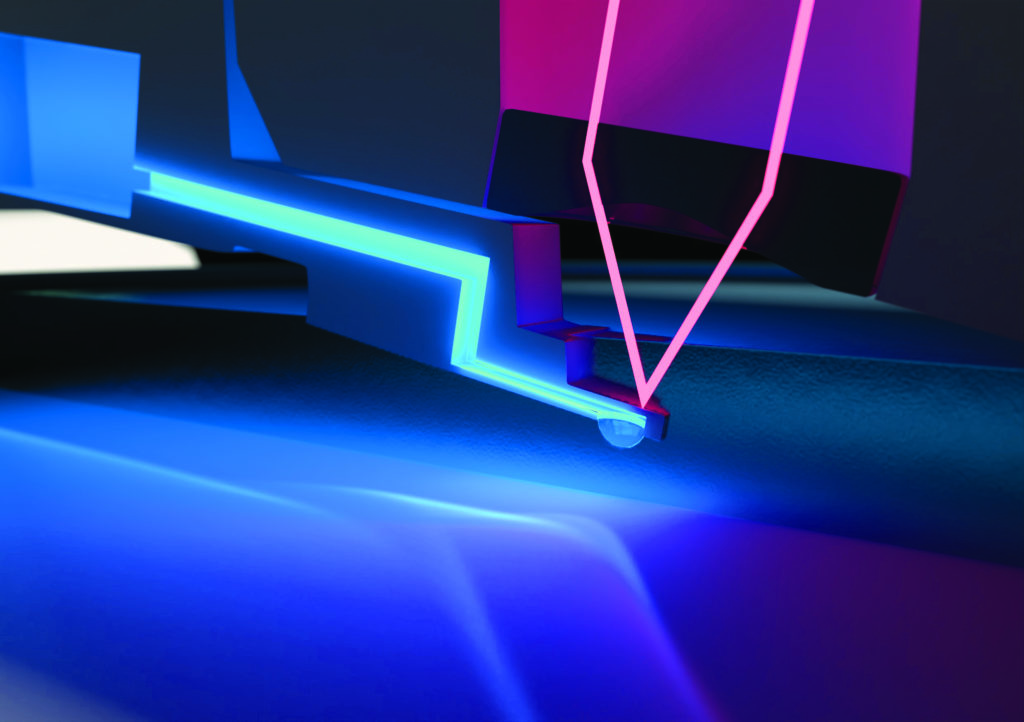

Understanding the molecular mechanisms underlying bubble-(bio)surfaces interactions is currently a
challenge that if overcame, would allow to understand and control the various processes in which they
are involved. Atomic force microscopy is a useful technique to measure such interactions, but it is limited
by the large size and instability of the bubbles that it can use, attached either on cantilevers or on surfaces.
We here present new developments where microsized and stable bubbles are produced using
FluidFM technology, which combines AFM and microfluidics. The air bubbles produced were used to
probe the interactions with hydrophobic samples, showing that bubbles in water behave like hydrophobic
surfaces. They thus could be used to measure the hydrophobic properties of microorganisms’ surfaces,
but in this case the interactions are also influenced by electrostatic forces. Finally a strategy was developed
to functionalize their surface, thereby modulating their interactions with microorganism interfaces.
This new method provides a valuable tool to understand bubble-(bio)surfaces interactions but also to
engineer them.
Irem Demir a,b, Ines Lüchtefeld c, Claude Lemen a, Etienne Dague b,d, Pascal Guiraud a,d, Tomaso Zambelli c, Cécile Formosa-Dague
https://www.sciencedirect.com/science/article/abs/pii/S0021979721010961?via%3Dihub

